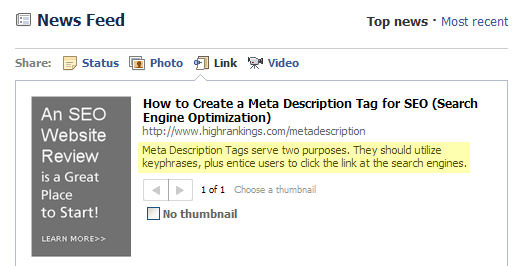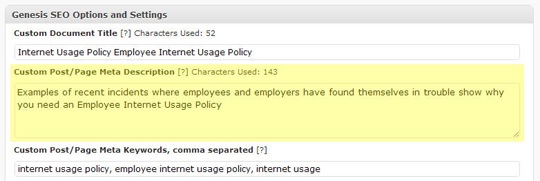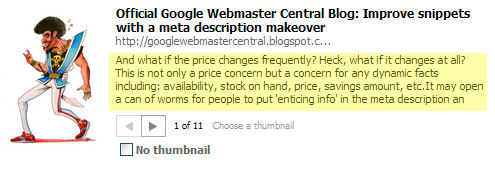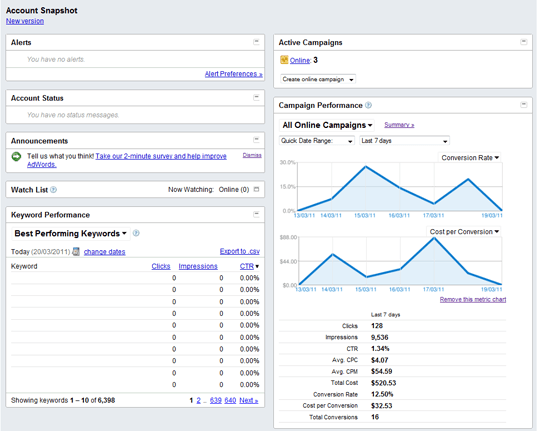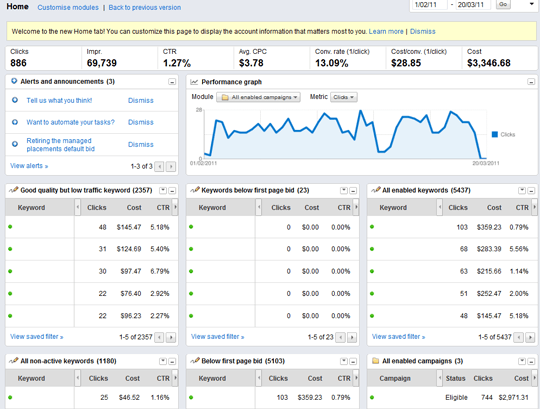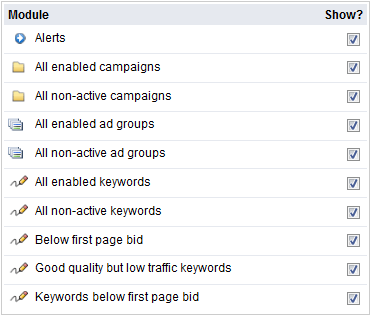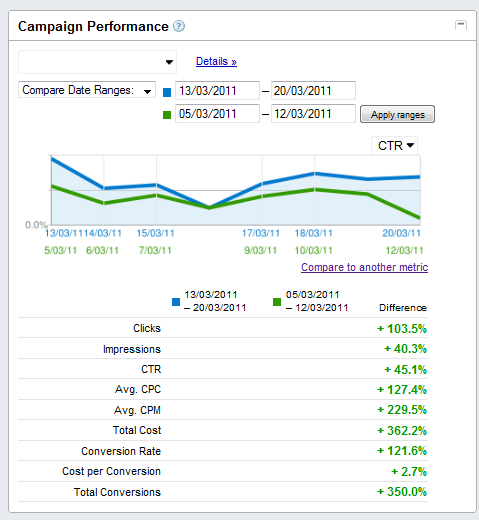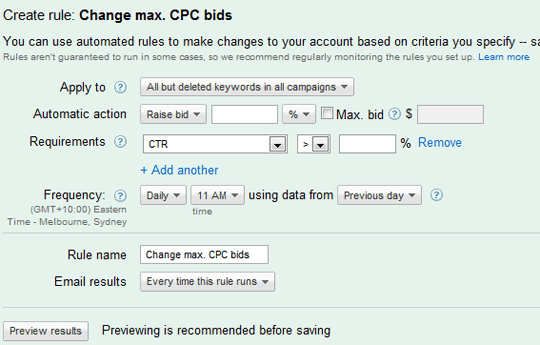What’s Going On??? And What Do You Do About It?
So unless you’ve been living on a rock, there are five trending topics that are dominating the online conversations recently:
- Charlie Sheen – people are analyzing his actions and talking about how brilliant he is at creating a conversation and how people should learn to get the exposure he has gotten. My personal opinion is that he had no master plan that is backed by brilliance. The man has some issues and the fallout just happens to be captivating America. I am going to pass on further commentary on this topic. Enough people are covering it and I’m just not buying that we should spend a minute more analyzing him and his “results” on the web. If ya disagree, comment below and let me know why…otherwise let’s move on!
- The earthquake in Japan and the related Tsunami warnings – My heart goes out to the people impacted by this shocking and horrible tragedy. I plead with everyone that is able, to rally in the coming weeks to support the people in need and donate whatever you can. There is a lot of talk about how social media played a role in spreading information and it really is interesting to hear the different ways that social media has changed how things play out when there is a tragedy. I am also not going to spend time talking about this one. There are lots of articles out there to read if you are interested. I just wanted to talk a minute here to acknowledge those suffering and pledge to do my part in helping them.
- The Facebook changes – OK this one I will cover briefly below, so keep reading. I have a couple resources to mention.
- The Google Farmer/Panda update. One would think this topic doesn’t need yet another post breaking it all down, but based on questions I am getting and bizarre advice I see floating around out there – I think it DOES actually need some more coverage. So keep reading for that.
- Large companies being busted for poor SEO practices. This one I am just going to cover right now with just one statement: Black hat, nefarious SEO practices don’t work long term, you will get caught and doing it right the first time, while it may take longer to get results initially is the best way to go for 2 reasons – you’ll be able to sustain long term success and it’s usually better for your site visitors (when you are providing real content of value and obtaining links that are legit and linking to content that is worthy of a link)
OK, so now let’s break down #3 and #4 a little further…
Facebook:
The new Fan/Business Pages are now live as of Friday March 11, 2011
So anyone that didn’t upgrade their page prior to Friday had it happen automatically.
Anyone creating a new Fan Page with a custom tab going forward needs to use iFrames and not the Static FBML app now. (Don’t worry, if you have a current page with the Static FBML tab they are still supporting it and it will display just fine – you just can’t add new ones anymore.)
The really cool thing about the iFrames is that you can have your designer create a tab that looks and feels like your current website or Blog theme and then they just place it on your page (don’t forget it needs to be 520 pixels wide)
Need some resources/apps for the new iFrames? Here are a couple good ones:
(Note: the iFrames do require some coding knowledge)
Static HTML: iframe tabs
Easy to use and getting good feedback from users so far. One click installation and allows for showing content to fans and non-fans. You have to use an outside editor (either via code or WYSIWYG editor) and then paste it into this tool. The best news: it’s free.
iFrames for Pages by Wildfire – Another easy tool. Also easy to display fan and non-fan content. This one also requires you to create your own code and then paste it in. Also free.
There are lots of other tools out there two, but these 2 seemed worth mentioning.
Fan Pages are becoming more important than ever. We are seeing acquisitions of companies that offer various Fan Page technologies and apps. It has finally become apparent to some big players in the industry that these pages are here to stay and they are a strong marketing tool for site owners to use in their arsenal of marketing strategies.(why does no body listen to me, I’ve been posting this importance of these pages for the past year! LOL)
While it’s true you definitely need some coding knowledge to be able to create a killer tab for your Fan Page, it’s not really that different than when we were using the Static FBML app, you needed coding knowledge for that as well.
Stay tuned as things evolve and more cool apps start popping up!
Google
Now time to jump into Google’s latest change – which has caused more hysteria than we usually see.
For those that don’t know – Google made a change that impacted about 12% of search results.
The goal of the recent update? To remove poor quality sites from the top of Google’s results pages. (A great goal in my opinion)
Here is what Google’s Matt Cutts had to say:
“This update is designed to reduce rankings for low-quality sites—sites which are low-value add for users, copy content from other websites or sites that are just not very useful. At the same time, it will provide better rankings for high-quality sites—sites with original content and information such as research, in-depth reports, thoughtful analysis and so on.”
The reason behind the change is obvious – if searchers aren’t finding quality sites they are likely to leave and start searching on another engine (like perhaps Bing – which is now officially the second place engine according to recent stats!). Google became Google by delivering high quality results that people could count on.
Most people should be OK with this change – unless your site was impacted by it. If you were impacted and it was well deserved (read as: your site sucks and you were lucky you got away the rankings for as long as you did) – there is something you can do:
improve your site and your content.
If you were impacted and don’t feel you should have been, let Google know: http://www.google.com/support/forum/p/Webmasters/thread?tid=76830633df82fd8e&hl=en
Let’s break down the problem areas and include some suggestions to get them fixed.
Through information that Matt Cutts and Amit Singhal have shared, we can surmise the following:
Sites that have a high percentage of duplicate content are going to be considered low quality.
Let’s look at this scenario: If you have a page here and there that has duplicate content but the rest of the site has unique content, those pages with the dupe content may not fare well but your site as a whole should still do OK.
But when going page by page, if the engines are hard pressed to find quality, unique content then it will end up impacting your site as a whole. Google’s official take on this: “low quality content on part of a site can impact a site’s ranking as a whole.” So be careful!
For those that repost content and then add a line or two with their opinion on the content, and feel that is enough unique content to satisfy the engines. That is going to be problematic going forward! If lots of pages have only a small percentage of the page’s content being unique, those pages won’t fare well either.
Google also seems to be looking for pages that have a high volume of ads that aren’t relevant to the content of the page (especially if the ads are higher up on the page). These pages will not fare well in today’s Google.
If your site happened to rank well for a phrase but the phrase is not really present in the Title tag or the body content, the page isn’t going to continue to do well going forward.
Keywords being repeated over and over and over and over will trigger the new algorithm to devalue the page. Keywords should be used appropriately. (One test many copywriters share is reading your content out loud, your brain processed it differently when it hears the text out loud and you’ll know if there are too many keywords stuffed in there).
Now here is something lots of people are going to struggle with – high bounce rates and low time spent on the site can impact rankings. This is great, in my opinion. It forces people to really look at the quality on their site and improve things so they entice visitors to not bounce and to stay longer. It means strong marketing principals and good copy are going to be more important than ever. The sad truth is this should have always been important to site owners – but most can’t see beyond their quest for the holy grail (top rankings) and they don’t pay attention to what people do once they get to the site.
CTR (clickthrough rate) from the SERPs (search engine results pages) will also impact rankings. If your site comes up a lot but no one is clicking, you can be sure it’ll impact things. So what can you do to improve clickthrough rates in the SERPs?
Here are a few ideas:
Pay attention to the length and be sure your descriptions on the SERPs aren’t being truncated before you reveal the most important info. In other words, look at where Google is pulling the data from that they display in the SERPs (usually your Title tag is what they use to create the main headline for the listing) and make sure that area of text is compelling, and that is explains exactly what the page has to offer, it’s also helpful if it includes a keyword phrase.
Ex: A Must Have Comprehensive Guide: Learn How To Care For Your Pet Turtle – not so good – the keyword phrase is pushed to the back of the phrase and will likely get truncated.
Ex: How To Care For Your Pet Turtle – Must Have, Comprehensive Guide – much better – they keyword phrase is at the start but you also still got the descriptive compelling content in there.
Many companies insist their branding info be put in the Title tag. If it has to be there, put it at the end.
Think of your Title tag like a little ad – be descriptive of what the page is about but be compelling so people want to click through. Promise a benefit (as long as your content delivers on what you promise)
OK, back to what Google is now looking for after the most recent update:
They don’t want to see boilerplate content (content that is the same and repeated on every page)
Sites that have a lot of low quality inbound links aren’t going to do well.
Sites that aren’t getting some social exposure (mentions and links from social media sites) won’t do well. (Yep we keep saying it, and it’s true – you need to be on Twitter, Facebook and LinkedIn)
So take all these factors and add them up and see how your site is going to fare overall.
If any of these factors is relevant to Panda, it is unlikely that they will be so on their own.
In a recent interview Matt Cutts was quoted as saying “Whenever we look at the most blocked sites, it did match our intuition and experience”. Hmmm, notice the usage of the word “blocked” – he seems to be saying if you don’t score well on the areas outlined above, your site will be blocked.
So what do you do if you’ve been impacted by this update:
In Google’s words…
“If you believe you’ve been impacted by this change you should evaluate all the content on your site and do your best to improve the overall quality of the pages on your domain. Removing low quality pages or moving them to a different domain could help your rankings for the higher quality content.”
Review your web stats and see what pages have taken a hit lately – you can work on improving those pages first (but a site wide review is never a bad idea). See if you can identify the difference between the pages that are still faring well and those that have been slammed.
If you really want to fix things, take an in-depth analytical approach and note which of the factors noted above are present on each page and strive to eliminate all the problem areas.
Focus on improving your content and the user experience and you should be just fine.
Build your exposure online via social media networks.











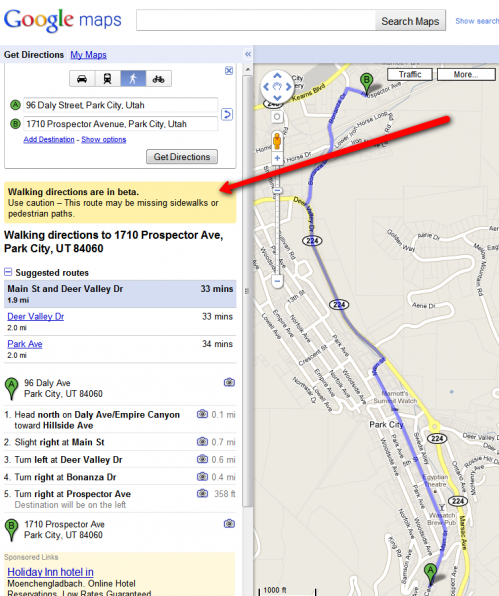



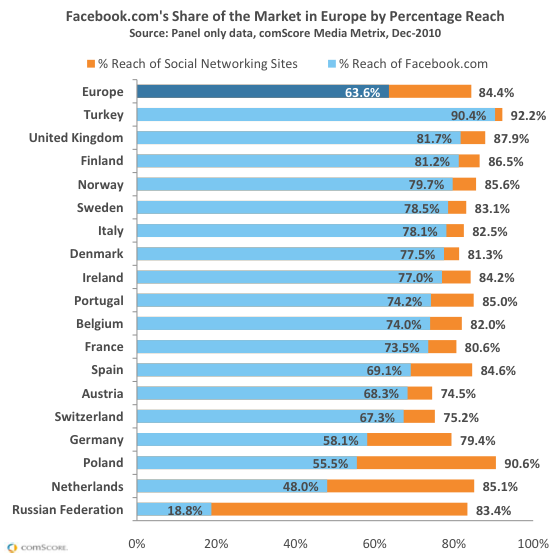
 The Justice Department (DOJ) has signed off on the Google acquisition of travel software company ITA, but says Google must meet certain conditions. The Justice Department said that as originally proposed the acquisition would have “substantially lessened competition among providers of comparative flight search websites in the United States.”
The Justice Department (DOJ) has signed off on the Google acquisition of travel software company ITA, but says Google must meet certain conditions. The Justice Department said that as originally proposed the acquisition would have “substantially lessened competition among providers of comparative flight search websites in the United States.”
